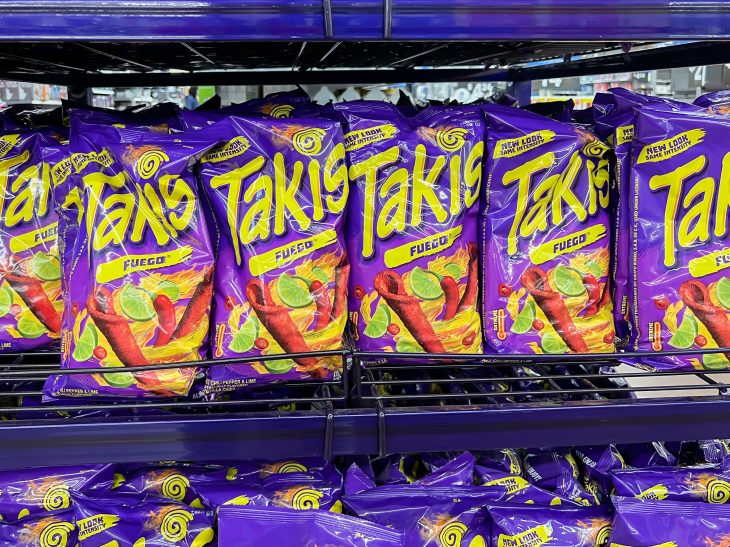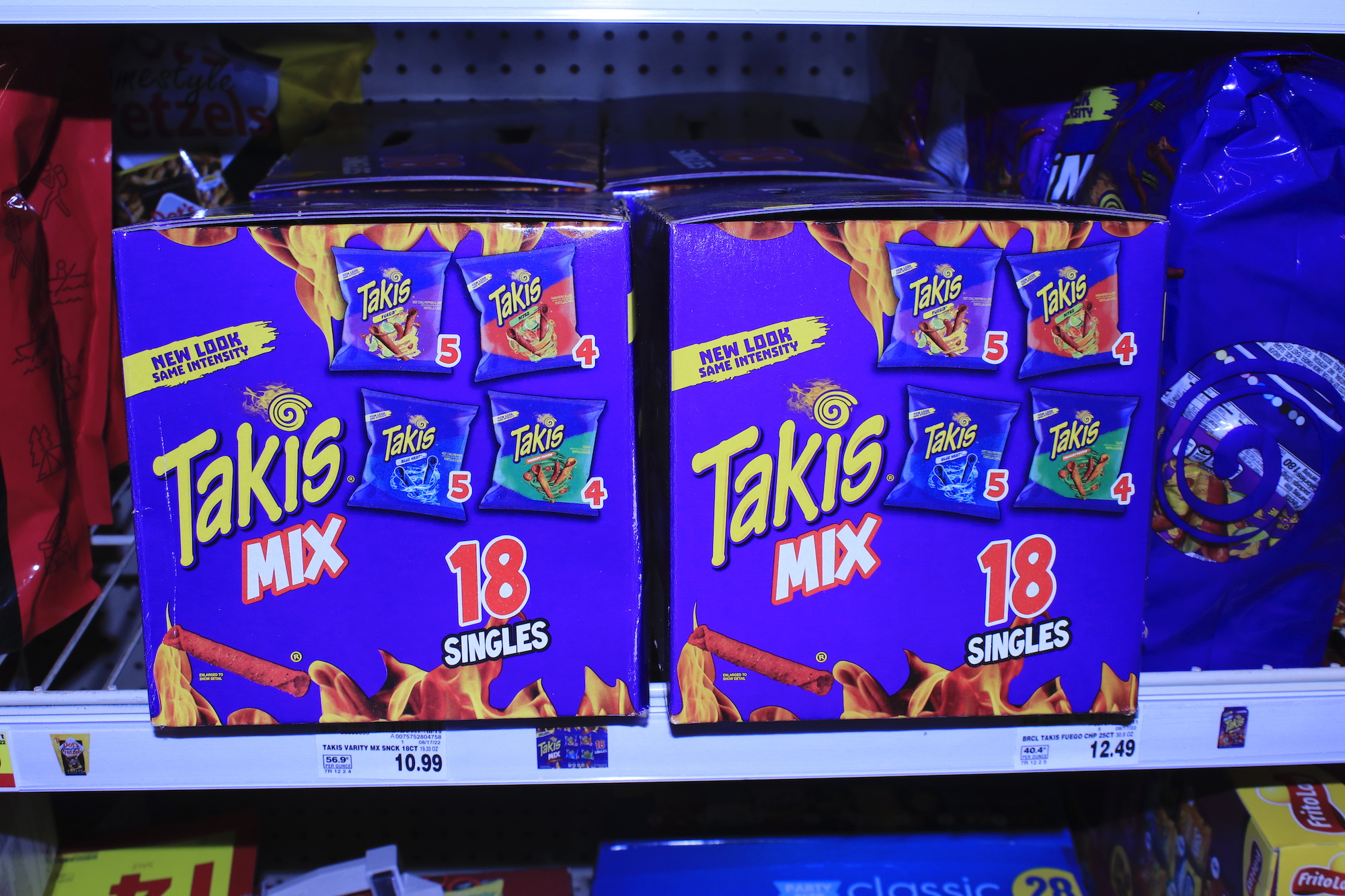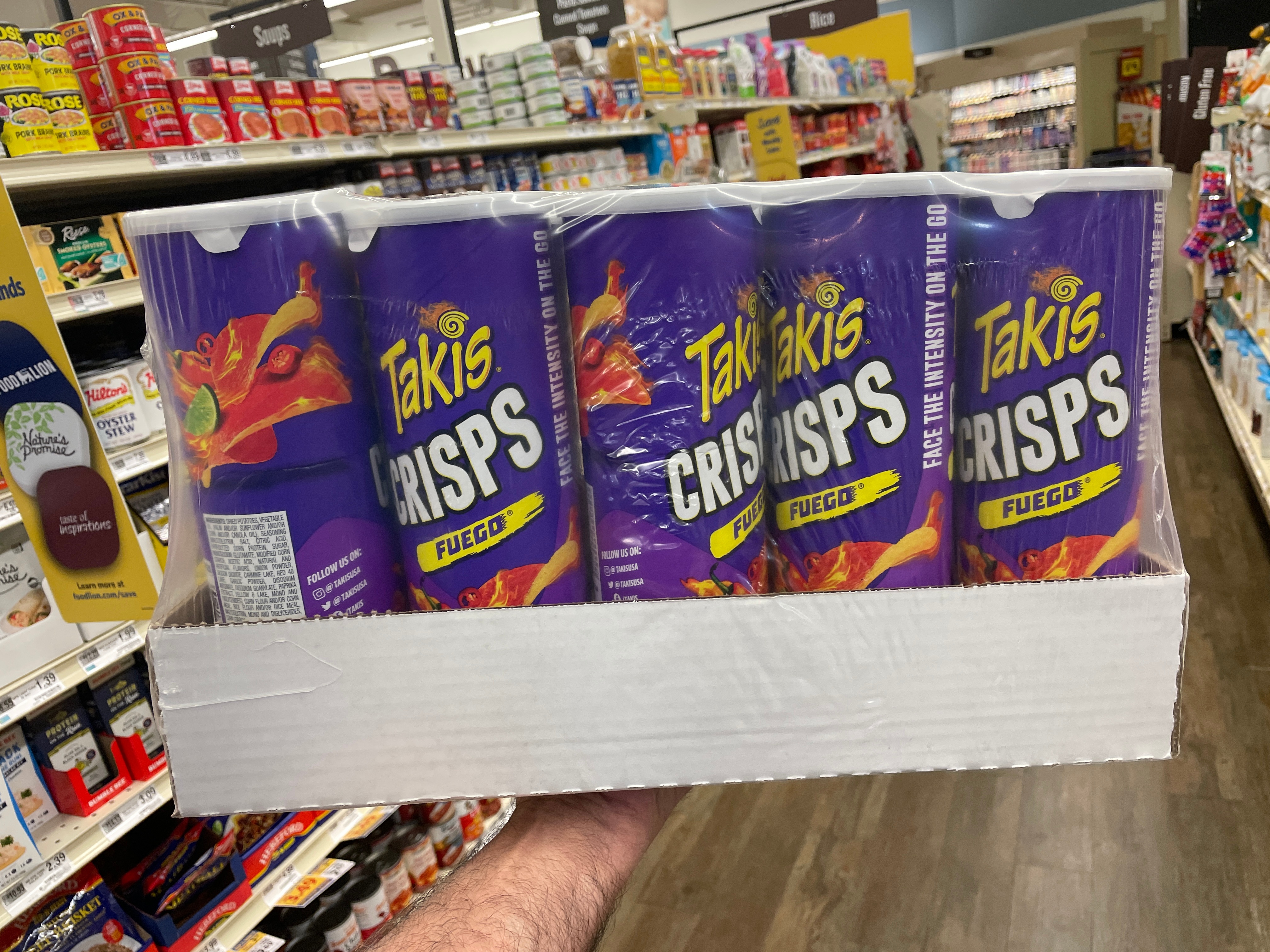
Most people cannot resist the spicy, crunchy heaven of a bag of this Mexican snack called Takis. But did you ever wonder about what’s in these delicious bites? From calories to carbs to fat and more, don’t worry – we’re here with an exclusive scoop on 13 Takis nutrition facts. We know that no one wants to sacrifice flavor for health, so get ready for a fun journey that will reveal all sorts of goodies about your favorite treat.
Origin of Takis
This fiery treat was actually created by the Mexican company Barcel back in 1999, and it has since become a staple snack for snack lovers worldwide. With its unique rolled shape and intense flavors, Takis definitely stands out from other chips on the market. Whether you prefer the classic Fuego flavor or one of the other varieties like Crunchy Fajita or Zombie, there’s no denying that Takis has made their mark in the snack world.
Main Ingredients of Takis
While Takis comes in various flavors, the main ingredients remain quite consistent across the board. The primary ingredients that are used in Takis include corn masa (a type of dough made from corn), vegetable oil (usually palm oil), seasoning blends, which can contain a mix of spices such as chili, lime, and salt, among others. Despite their simple list of ingredients, Takis is known for its intense, bold flavor that packs a punch. With the perfect blend of heat and spice, it’s no wonder that Takis has become a popular snack all around the world.

Takis Nutrition Facts
1. Serving Size and Calories
A serving size of Takis is typically about 28 grams, or approximately 12 pieces. One serving contains around 140-150 calories, depending on the flavor.
2. Fat Content
One serving of Takis contains approximately 7-8 grams of fat, which includes 1.5-2.5 grams of saturated fat. There are no trans fats in Takis.
3. Sodium Content
Takis is known for their intense flavor, which comes from the added seasonings. This also means they can be quite high in sodium. One serving of Takis Fuego contains about 390 milligrams of sodium, which is around 17% of the recommended daily intake for adults.
4. Carbohydrate Content
In a single serving of Takis, there are around 16 grams of carbohydrates, with 2 grams of dietary fiber and no sugar.
5. Protein Content
Takis provides a small amount of protein, with around 2 grams per serving.
6. Vitamin and Mineral Content
Takis is not a significant source of vitamins and minerals, but they do contain small amounts of iron and potassium. If you are looking for a healthy snack that can pack you full of vitamins and minerals, Takis is likely not the best choice.
7. Gluten-Free
Although Takis is made primarily from corn masa flour, they are also labeled as possibly containing milk, egg, and wheat. As such, they are not gluten-free. It is important to always check the label for any potential cross-contamination if you have gluten sensitivity or celiac disease.
8. Artificial Colors and Flavors
Some Takis flavors contain artificial colors and flavors to enhance their appearance and taste. For example, Red 40 and Yellow 5 are used in certain Takis products.

9. MSG Content
Takis contains monosodium glutamate (MSG), a flavor enhancer commonly used in processed foods. Some people may be sensitive to MSG, experiencing symptoms such as headaches or nausea after consuming foods containing it.
10. Spiciness Level
The spiciness of Takis varies depending on the flavor, with Fuego and Nitro being among the spiciest options. The Scoville Heat Units (SHU) of the chili peppers used in the seasonings can range from 1,500 to over 30,000, depending on the variety. However, it should be noted that the SHU system is designed to work with peppers instead of snack foods, so it might not be entirely accurate when it comes to Takis.
11. Vegan and Vegetarian-Friendly
Some Takis flavors are suitable for vegans and vegetarians, as they do not contain any animal-derived ingredients. However, it’s essential to check the label, as certain flavors might include dairy or other animal-derived ingredients.
12. Allergen Information
Takis is produced in facilities that also handle milk, egg, soy, and wheat products, so there may be potential cross-contamination for those with food allergies. Always check the label if you have a specific allergy or sensitivity.
13. Portion Control
While Takis can be a tasty and satisfying snack, it’s essential to practice portion control due to their high sodium and fat content. Eating large amounts of Takis can contribute to an unhealthy diet, potentially leading to weight gain and other health issues. It’s recommended to stick to the serving size of approximately 12 pieces or consider pairing Takis with a more nutritious snack to balance your intake.
Conclusion
Takis is a flavorful and crunchy snack option that has gained popularity worldwide. While they may not be the most nutritious choice, you can enjoy them in moderation as part of a balanced diet. It’s essential to be aware of the ingredients, potential allergens, and nutritional content when consuming Takis or any other snack food. Remember to read labels and make informed decisions about your snacking habits for a healthier lifestyle.
Was this page helpful?
Our commitment to delivering trustworthy and engaging content is at the heart of what we do. Each fact on our site is contributed by real users like you, bringing a wealth of diverse insights and information. To ensure the highest standards of accuracy and reliability, our dedicated editors meticulously review each submission. This process guarantees that the facts we share are not only fascinating but also credible. Trust in our commitment to quality and authenticity as you explore and learn with us.
